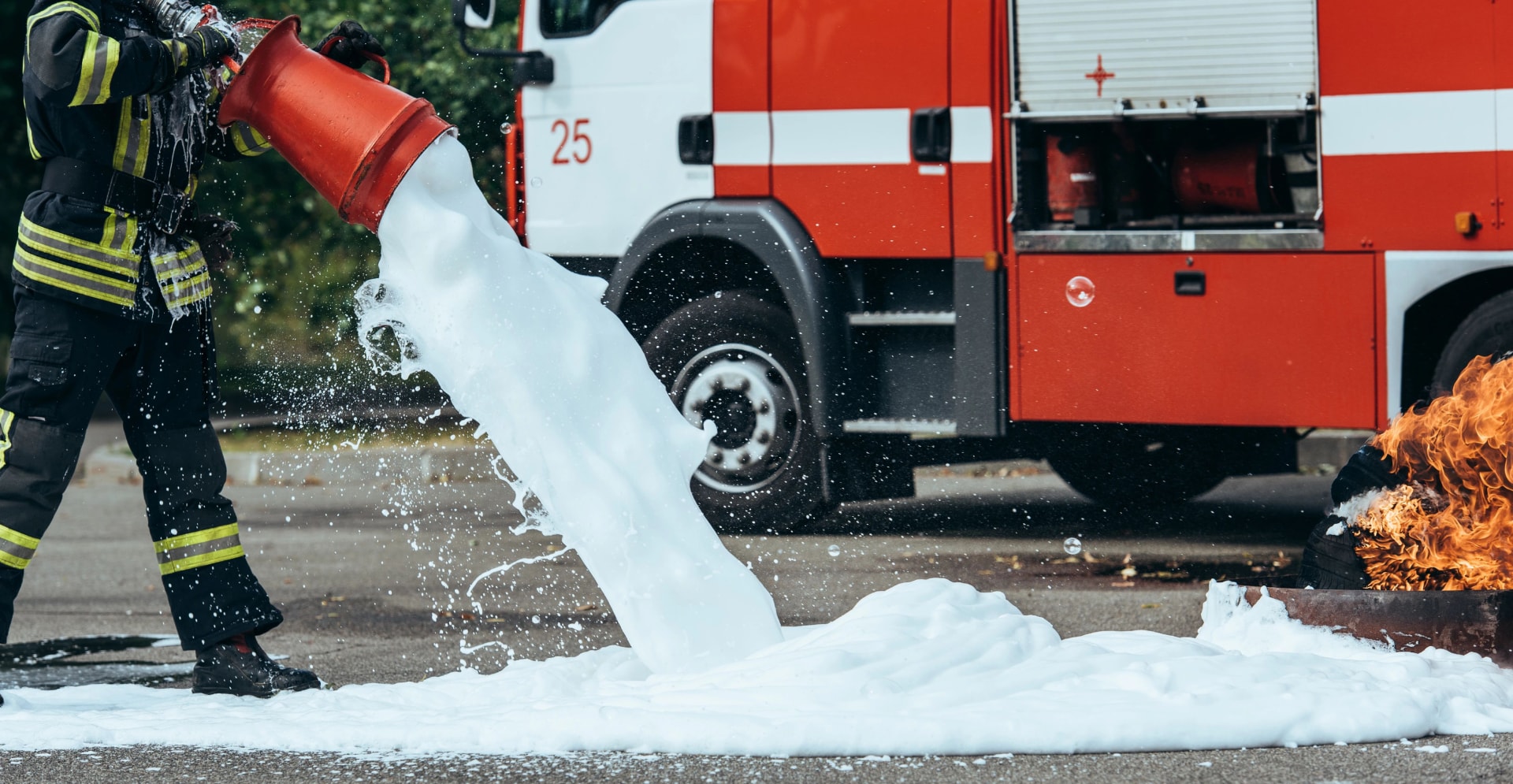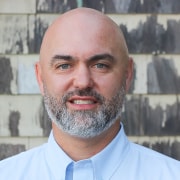South Australia was one of the first global locations to ban the use of fluorinated firefighting foams containing PFAS (otherwise known as per- and polyfluoroalkyl substances – a group of emerging contaminants with unique chemical features). Some organizations transitioned their fire suppression systems to alternative foams, but were perplexed to see PFAS numbers rebounding shortly after transitions. It turned out that, when it comes to PFAS, it’s not as easy as foam out, foam in.
Why PFAS numbers rebounded
Ever made bacon at home? Think about the grease caked on the pan when it cools. You could run water on it until lunchtime and the grease wouldn’t budge; it takes dish detergent and some real scrubbing to get the pan clean. That’s what’s happening with PFAS inside pipes, tanks, hoses and trucks. Five rinses, 10 rinses, even 20 rinses won’t do the job if you’re only using water.

This inability to remove a surface buildup with water flushing alone was why PFAS numbers were rebounding in Australia – the fire suppression systems had a lot of stubborn PFAS left behind. Our team of experts there, led by Peter Storch, needed a way to “de-grease” the infrastructure. They created a trade-secret-protected cleaning agent, Fluoro Fighter™, that was up to the task. The non-flammable, non-ignitable solution was safe for handling, user exposure and transport. Plus, it significantly cut back on the water used for flushing systems. When deployed as part of a site-specific strategy, organizations have been able to safely and reliably transition away from PFAS foams.
We covered our experiences in Australia as well as recent international advancements in the Spring 2021 issue of Groundwater Monitoring & Remediation. Now, with regulations continuing to take shape in the U.S. and abroad, we’re looking to build on the research and best practices we’ve developed to help organizations make foam transitions.
Our six-step approach to foam transition
I’m not sure what’s been a bigger resource so far, the Environmental Security Technology Certification Program (ESTCP) grant we received through the U.S. Department of Defense, or the regular 3 a.m. phone calls I have with Peter to pick his brain for insights. Together, they’ve allowed us to take everything the Australian team learned in the field and optimize PFAS cleaning methods in our treatability lab.
While the cleaning agent is an incredible difference-maker, the way it’s used plays a huge part in ensuring a system is cleaned, compliant and still able to protect staff and operations. Our research and project experiences led to development of a six-step cleaning approach:
- Selection of replacement foam
- Impacts on system operation
- Cost benefit analysis for replacement vs. cleaning
- System cleaning and/or component replacement
- PFAS verification testing
- PFAS waste disposal
Skipping steps or ignoring site-specific needs can be detrimental to removal efficiencies. One client, despite having our cleaning agent in hand, saw a pilot program fall apart when it tried to streamline the process using their onsite staff and a reduced procedure. The details will be different between, say, an 80,000-gallon storage tank and a 200-gallon response trailer, but the overarching process must be followed closely when making the foam transition.
Overcoming PFAS disposal challenges
The last step, PFAS waste disposal, has proved to be the tail wagging the dog for a lot of organizations. Obviously, you can’t dump it down the drain, and there is skepticism around whether high-temperature destruction methods safely eradicate PFAS. Regenerating the cleaning agent with fractionation to allow for reuse onsite has been our go-to tool. One of the main applications of the ETSCP grant will be to continue our exclusive license agreement with EVOCRA to use the ozone-based fractionation technology for separating and concentrating PFAS from impacted cleaning agent and water. This process makes the cleaning agent recyclable. It’s designed so that heavy chemicals pool to the bottom of the rinse water and PFAS bubbles to the top, which opens the door for a separation that would allow teams to reuse the cleaning agent as needed until the facilities are clear.
Different groups add unique lenses to PFAS discussions
In the lab we explore optimization opportunities for foam transitions, but meeting with people to examine their challenges around PFAS has taught us a lot as well. Stakeholders for businesses, airports, firefighting groups and government sites all provide unique lenses around PFAS – sometimes there’s even different viewpoints within a single organization. Taken together, they broaden our knowledge around what we might encounter on future projects.
No matter the scenario, most of the people we meet see the writing on the wall: PFAS regulations are coming, and foam transitions will be necessary. The interesting thing is, despite how huge an issue PFAS can be, it’s not overly complicated from an engineering standpoint. With an application of a little science, a site-specific cleanup strategy and operational best practices, organizations can get back to bringing home the bacon without worrying about the grease.







